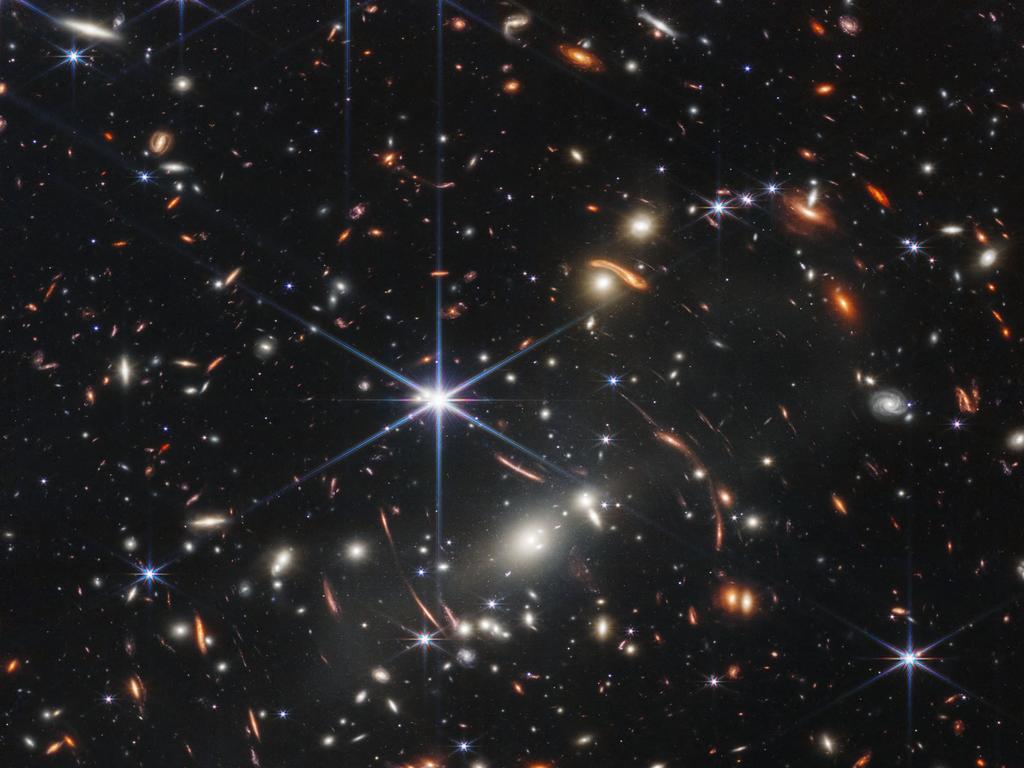Planetary find by space telescope is a real gas
The James Webb Space Telescope has added another major scientific discovery: detecting for the first time signs of carbon dioxide in the atmosphere of a planet outside our solar system.

The months-old James Webb Space Telescope has added another major scientific discovery to its growing list: detecting for the first time signs of carbon dioxide in the atmosphere of a planet outside our solar system.
Although the exoplanet would never be able to support life as we know it, the successful discovery of CO2 gives researchers hope that similar observations could be carried out on rocky objects more hospitable to life.
“My first thought: wow, we really do have a chance to detect the atmospheres of terrestrial-size planets,” tweeted Natalie Batalha, a professor at the University of California at Santa Cruz and one of hundreds who worked on the Webb project. Their study of exoplanet WASP-39, a hot gas giant closely orbiting a star 700 light years away, will soon be published in the journal Nature.
Pierre-Olivier Lagage, an astrophysicist with France’s Atomic Energy Commission, said: “For me, it opens a door for future research on super-Earths (planets larger than Earth but smaller than Neptune), or even Earth-sized planets.”
The exoplanet orbits its star once every four Earth days and has a mass one-quarter that of Jupiter but a diameter 1.3 times bigger. The Hubble and Spitzer telescopes had already detected water vapour, sodium and potassium in WASP-39’s atmosphere.







To join the conversation, please log in. Don't have an account? Register
Join the conversation, you are commenting as Logout